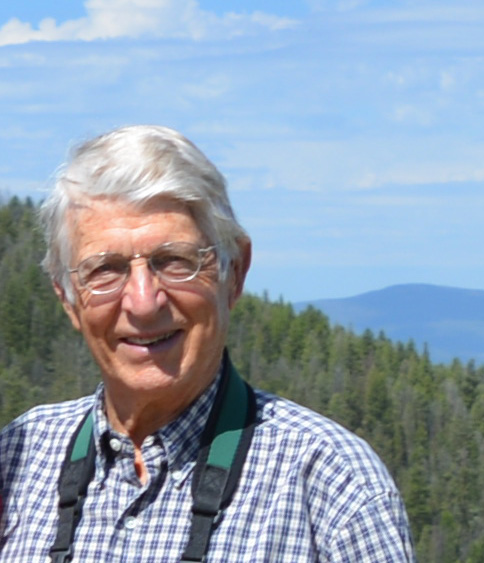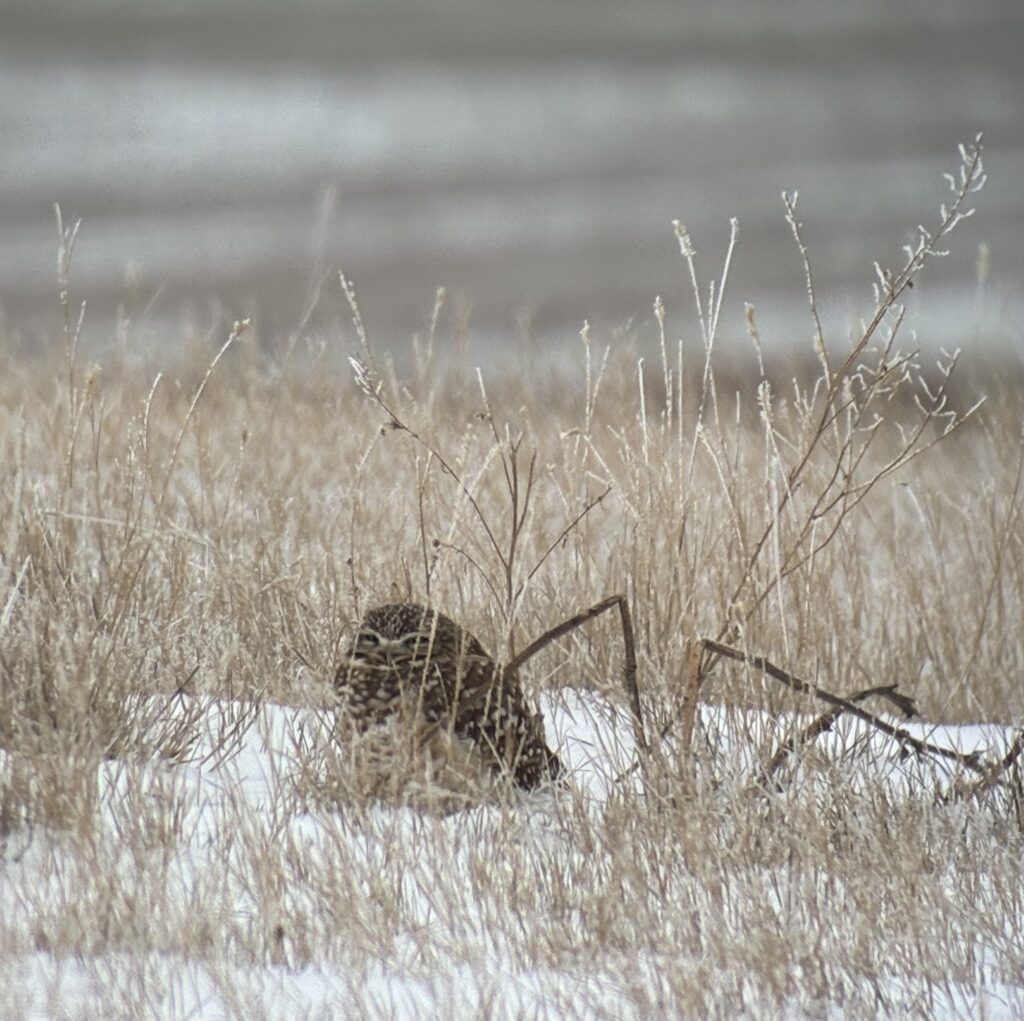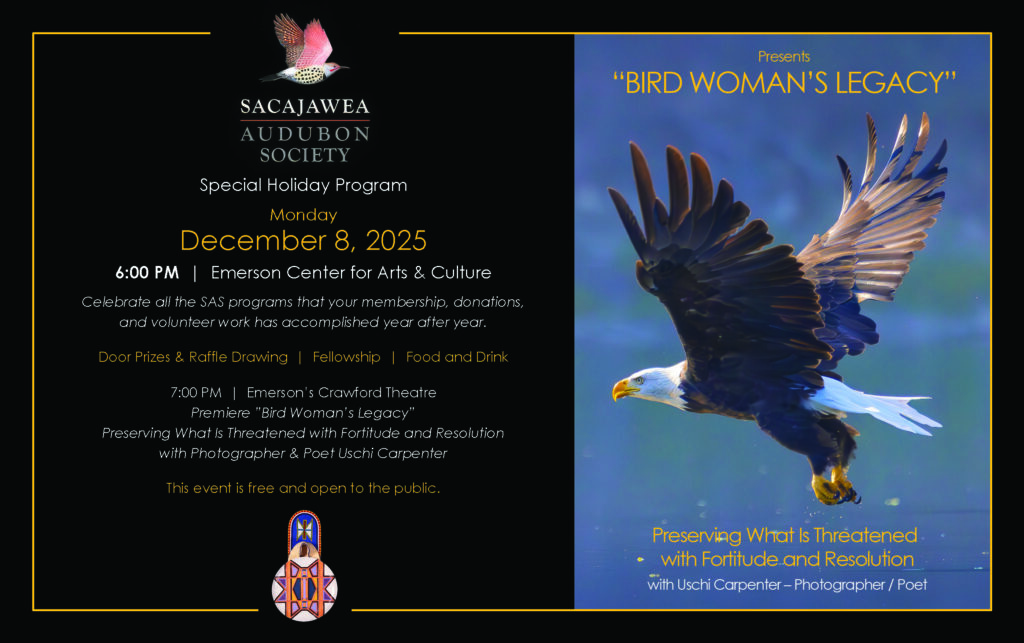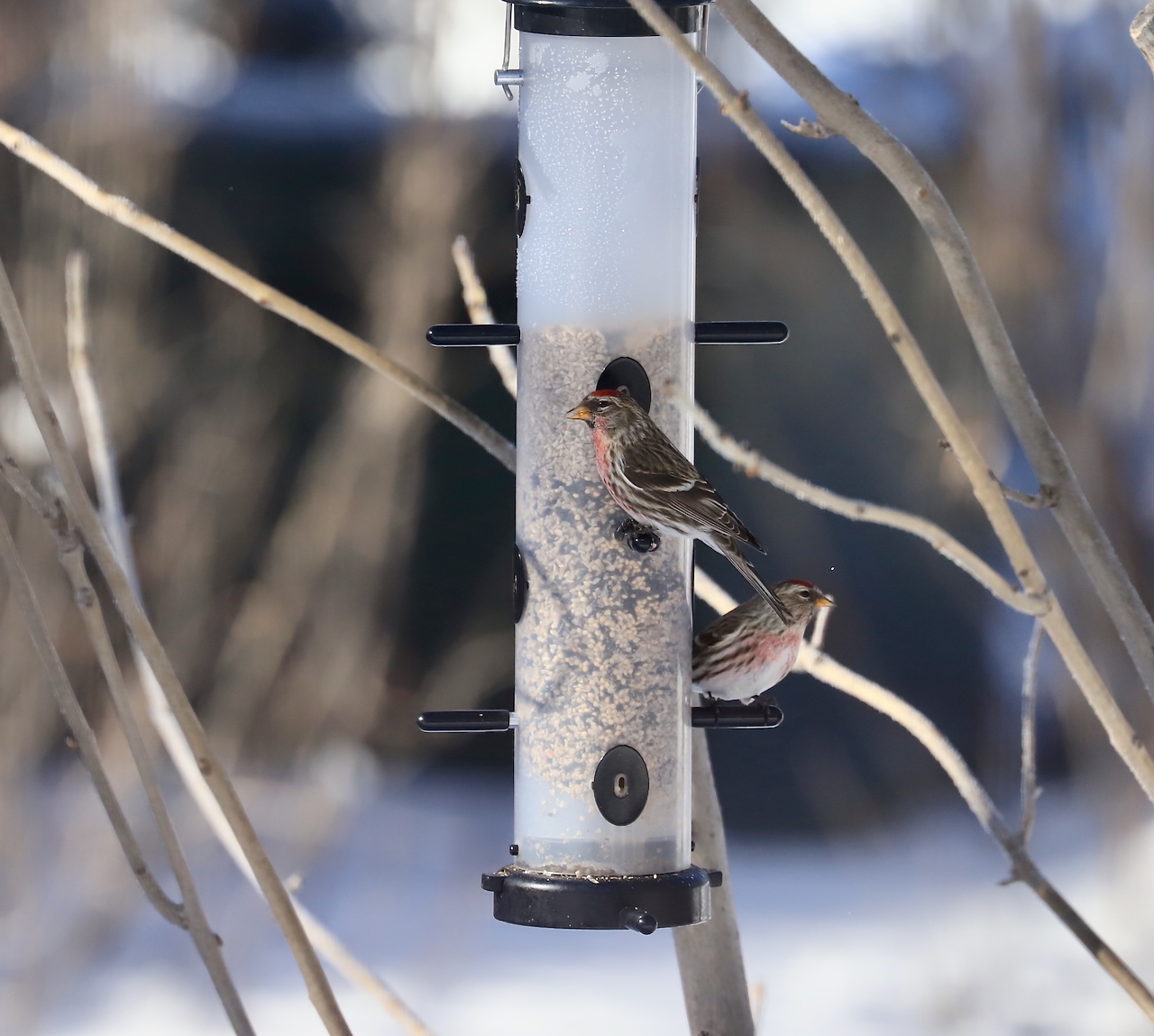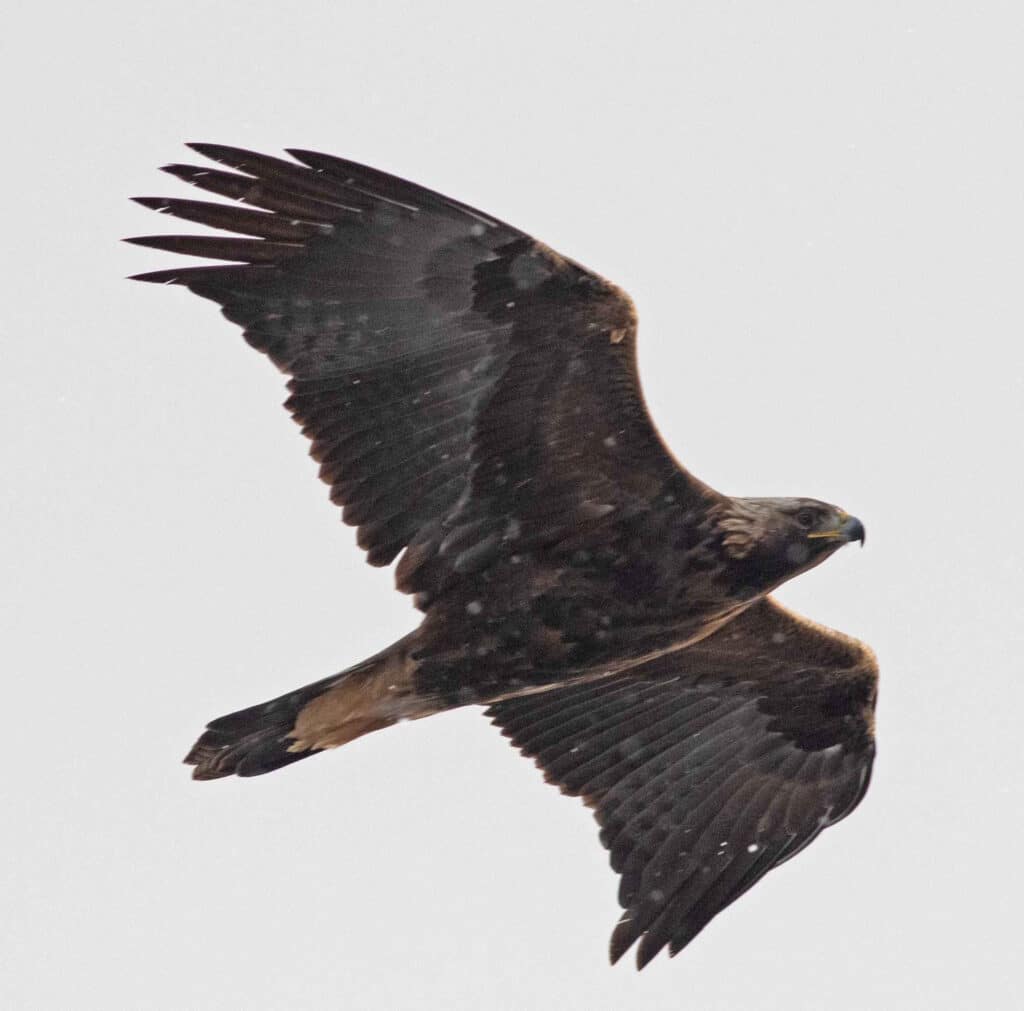Bob was a dedicated, long-time member of Sacajawea Audubon Society. He served as the president from 1989-1991, while his wife Robin, produced the newsletter for ten years. He led many SAS sponsored field trips, was instrumental in providing wonderful program speakers, and fascilitated numerous conservation projects, including Kirk Hill and East Gallatin Recreation Area (now Glen Lake Rotary Park).
“Bob was an ideal professor. He gave me a gift that I am still using 35 years after I took his ornithology class. What an impact he had. He was gracious and patient and had the art of teaching honed so that I still use his methods of birding so many, many years later. It’s a special person who is able to teach and have a life-long impact on others. Thank you, Bob. You were one of the quiet, great few.” – Peggy Olliff
“There are perhaps hundreds of us whose lives have been enriched because we took Bob Moore’s Field Ornithology course at some point over the last several decades.
“Bob’s wife, Robin Moore, recently shared that, over the years, when running into past students, they would make a point of telling Bob that his class had changed their lives. I am, and many of you reading this, are among those of Bob Moore’s students whose lives were also changed.
“His kindness and unwavering patience created a safe environment for asking questions and practicing skills. He provided opportunities for observing birds in different habitats and for learning bird vocalizations, behavioral and physical traits. It is often Bob’s voice that I hear when recalling hints and details while sorting out a bird’s ID. I feel most grateful that I learned from Bob skills to support a life-long passion for birding that gives me great joy.
“I remember with gratitude and fondness the time I got to spend with this remarkable teacher and friend.” – Janet Winnie
Introducing the First Recipient of the Sacajawea Audubon Society Bob Moore Scholarship
Anna Freundlich is studying the response of the vegetation, pollinator, and avian community to an herbicide application (Indaziflam) in the Charles M. Russell wildlife refuge in Eastern Montana. Indaziflam is a biosynthesis inhibitor that prevents seedling germination within the top few centimeters of treated soil. Land managers are increasingly eager to use this herbicide to treat areas overrun with invasive annual grasses, as other herbicide treatments have limited long-term efficacy due to seedling regeneration from the seed bank. They are hopeful that this herbicide can effectively kill invasive annual grasses and aid in restoring sagebrush habitat for native plants, pollinators, and birds.
Originally from Ohio, Anna is glad this project brought her to beautiful Montana. When not doing research, she likes to do ceramics, read, and loves to spend time outdoors birding or botanizing.
“Thank you again for your support, I am truly honored to be the first recipient of the Sacajawea Audubon Society Bob Moore scholarship.” – Anna Freundlich
Scholarship info
To honor Bob’s teaching and conservation legacy, SAS established the Sacajawea Audubon Society Bob Moore Scholarship Fund to be awarded annually to a graduate student in the MSU Ecology Department to support their research on avian communities and conservation in Montana.
To make a contribution to the scholarship fund, contact the MSU Alumni Foundation at 406-994-2053, gifts@musaf.org, or mail a check to: MSU Alumni Foundation, P.O. Box 172750, Bozeman, MT 59717, and note in the memo line the fund name.

